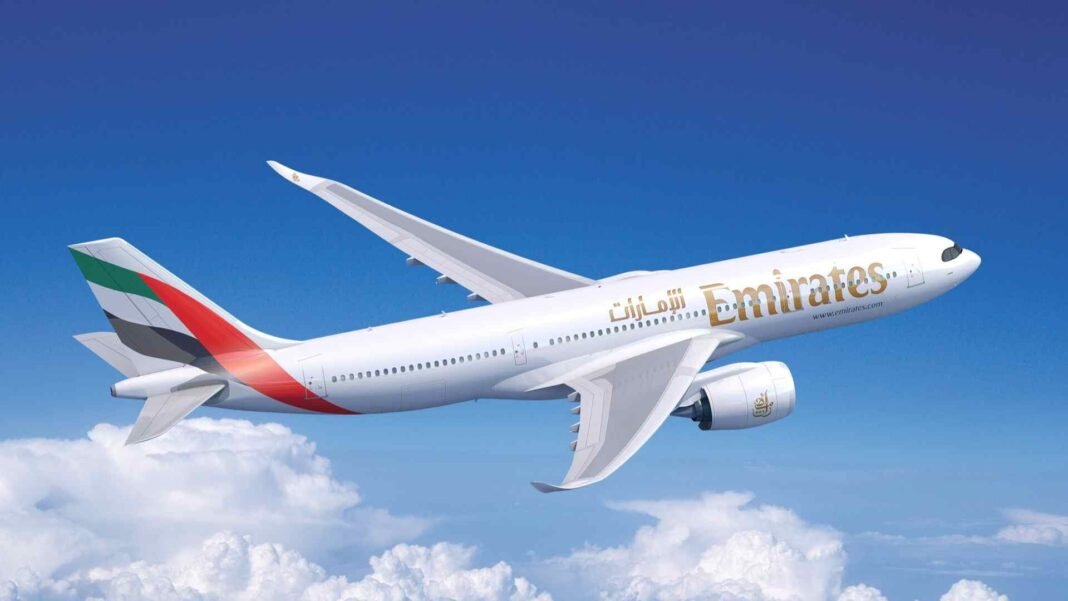Kuwait’s aviation industry is in turmoil. On May 6, 2025, Kuwait Airways’ CEO, Ahmad al-Kreebani, was dismissed after just two years in the role. At the same time, 14 major international airlines, including British Airways, Lufthansa, and KLM, have ceased operations at Kuwait International Airport. These developments highlight deep-rooted challenges in governance, infrastructure, and policy that threaten Kuwait’s position in the regional aviation market.
A Troubled Leadership: Kuwait Airways’ CEO’s Dismissal
Ahmad al-Kreebani’s dismissal as CEO of Kuwait Airways was announced on May 6, 2025, following mounting concerns from the Directorate General of Civil Aviation (DGCA). The DGCA cited repeated safety standard failures and regulatory deficiencies as key reasons for his ousting. Sources indicate that al-Kreebani struggled to address these critical issues, which eroded confidence in his leadership.
However, industry analysts argue that the CEO’s exit is a symptom of broader problems. “Kuwait Airways has been facing governance crises for years,” says Saj Ahmad, Chief Analyst at StrategicAero Research. “The frequent changes in leadership, with CEOs coming and going, indicate a lack of stability and direction at the top. Moreover, the main board lacks accountability, which exacerbates the problems.”
Kuwait Airways has a history of leadership instability. Al-Kreebani’s predecessor, Maen Razouqi, resigned in September 2023 after a two-year tenure, citing similar challenges. Earlier, Adel al-Sanea stepped down in 2021 after less than a year. This pattern of short tenures has hindered the airline’s ability to implement long-term strategies or address systemic issues, leaving it vulnerable to operational and financial difficulties.
The Airline Exodus: Why 14 Carriers Left
The withdrawal of 14 major airlines from Kuwait International Airport is a significant blow to Kuwait’s aviation sector. British Airways ended its daily flights to Kuwait in March 2025, after over six decades of service. Lufthansa followed in September, and KLM exited earlier. These departures reflect a combination of operational, economic, and policy-related challenges that have made Kuwait less attractive to international carriers.
Key Reasons for the Exodus
| Factor | Details |
| Outdated Infrastructure | The airport’s terminals are old and overcapacity, causing delays and inefficiencies. Terminal 2 remains incomplete, and Jazeera Airways operates a separate terminal, fragmenting management. |
| Poor Service Quality | Passengers report long wait times, inadequate facilities, and subpar customer service, deterring airlines from maintaining operations. |
| Lack of Hub-and-Spoke Model | Unlike Dubai or Doha, Kuwait lacks a network for connecting flights, limiting its appeal as a transit hub. |
| Slow and Opaque Processes | The allocation of flight slots and routes is sluggish and unclear, complicating airline planning. |
| No Open Skies Policy | Kuwait’s restrictive aviation policies limit competition, unlike the liberal policies of neighboring countries. |
| Unwelcoming Visa Policies | Strict visa rules discourage tourists and business travelers compared to more open regimes in Dubai and Qatar. |
| Economic Pressures | Rising jet fuel prices and competition from regional giants like Emirates and Qatar Airways have squeezed profitability for airlines serving Kuwait. |
These factors have led to a decline in passenger traffic. In 2024, Kuwait International Airport saw a 1% drop in passengers, from 15.6 million to 15.4 million. In contrast, regional competitors reported strong growth: Dubai International Airport grew by 5.7% to 92.3 million passengers, Doha’s Hamad International Airport by 14.8% to 52.7 million, Riyadh’s King Khalid International Airport by 17.8% to 37.6 million, and Abu Dhabi’s Zayed International Airport by 25.3% to 28.7 million.
“Kuwait has little to offer,” says Saj Ahmad. “Unless someone specifically travels to Kuwait, there’s little to no reason to transit or serve the country—it simply doesn’t have the population, demand, or connectivity of other GCC airports.”
Impact on Kuwait Airways and the Economy
The dual crises of leadership instability and airline withdrawals are taking a toll on Kuwait Airways and the broader economy. The national carrier, owned by the Kuwaiti government, has been loss-making for years, with a reported net loss of 55 million dinars ($178.16 million) in 2022. The departure of international airlines reduces competition, which could lead to higher airfares and fewer travel options for consumers.
The local economy is also at risk. Fewer flights mean reduced tourism and business travel, which could hurt sectors like hospitality and retail. Hotels, restaurants, and other businesses that rely on visitors may see declining revenues, further straining Kuwait’s economic diversification efforts.
Kuwait Airways’ inability to compete with regional giants like Emirates, Etihad, and Qatar Airways exacerbates these challenges. “Kuwait Airways is not a real rival to these carriers,” Ahmad notes. “Airlines make more money outside of Kuwait than being stationed there.”
Historical Context: Kuwait Airways’ Struggles
Kuwait Airways, established in 1954, has faced challenges for decades. In the 1970s, it enjoyed profitable years, with a net profit of £2.9 million in 1972. However, its fleet and operations have not kept pace with regional competitors. Today, it operates a modest fleet of 34 aircraft, primarily Airbus models, making it one of the smallest carriers in the region. Past controversies, such as a problematic aircraft purchase deal in the early 2010s, have also tarnished its reputation.
Can Kuwait Recover?
The future of Kuwait Airways and Kuwait International Airport depends on bold reforms. Experts recommend several steps:
- Governance Overhaul: Stabilize leadership and strengthen the airline’s board to ensure accountability and long-term planning.
- Infrastructure Investment: Modernize airport terminals, complete Terminal 2, and improve passenger services to match regional standards.
- Policy Changes: Adopt an open skies policy and streamline slot allocation to attract more airlines.
- Hub Development: Build a hub-and-spoke model to increase connecting traffic and compete with Dubai and Doha.
- Visa Reforms: Relax visa policies to boost tourism and business travel.
These changes require significant political will and financial investment, which may be difficult given Kuwait’s economic constraints. Without action, the country risks losing further ground to its neighbors.
The dismissal of Kuwait Airways’ CEO and the exit of 14 airlines from Kuwait International Airport are alarming signals for Kuwait’s aviation industry. Governance failures, outdated infrastructure, and restrictive policies have driven these crises, putting the airline and airport at a competitive disadvantage. While reforms are possible, they demand urgent and decisive action. Until then, Kuwait Airways and its airport face an uncertain future, with ripple effects for the nation’s economy and global connectivity.






